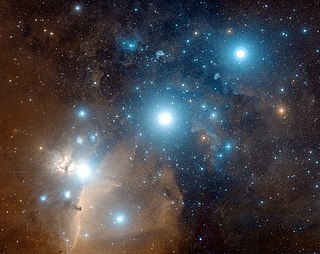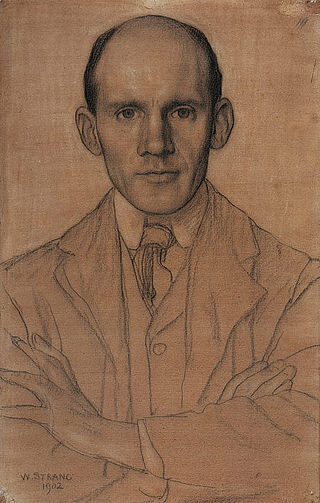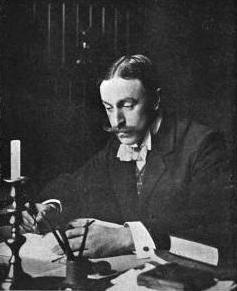Related Research Articles

Calotype or talbotype is an early photographic process introduced in 1841 by William Henry Fox Talbot, using paper coated with silver iodide. Paper texture effects in calotype photography limit the ability of this early process to record low contrast details and textures.

Astrophotography, also known as astronomical imaging, is the photography or imaging of astronomical objects, celestial events, or areas of the night sky. The first photograph of an astronomical object was taken in 1840, but it was not until the late 19th century that advances in technology allowed for detailed stellar photography. Besides being able to record the details of extended objects such as the Moon, Sun, and planets, modern astrophotography has the ability to image objects outside of the visible spectrum of the human eye such as dim stars, nebulae, and galaxies. This is accomplished through long time exposure as both film and digital cameras can accumulate and sum photons over long periods of time or using specialized optical filters which limit the photons to a certain wavelength.

Pictorialism is an international style and aesthetic movement that dominated photography during the later 19th and early 20th centuries. There is no standard definition of the term, but in general it refers to a style in which the photographer has somehow manipulated what would otherwise be a straightforward photograph as a means of creating an image rather than simply recording it. Typically, a pictorial photograph appears to lack a sharp focus, is printed in one or more colors other than black-and-white and may have visible brush strokes or other manipulation of the surface. For the pictorialist, a photograph, like a painting, drawing or engraving, was a way of projecting an emotional intent into the viewer's realm of imagination.

Alfred Stieglitz was an American photographer and modern art promoter who was instrumental over his 50-year career in making photography an accepted art form. In addition to his photography, Stieglitz was known for the New York art galleries that he ran in the early part of the 20th century, where he introduced many avant-garde European artists to the U.S. He was married to painter Georgia O'Keeffe.

Amateur Photographer is a British photography magazine, published weekly by Kelsey Media. The magazine provides articles on equipment reviews, photographic technique, and profiles of professional photographers.

Anne Wardrope Brigman was an American photographer and one of the original members of the Photo-Secession movement in America.
Alma Ruth Lavenson was an American photographer active in the 1920s and 1930s. She worked with and was a close friend of Ansel Adams, Imogen Cunningham, Edward Weston and other photographic masters of the period.

Eva Watson-Schütze was an American photographer who was one of the founding members of the Photo-Secession.

The Boston Camera Club is an amateur photographic organization in Boston, Massachusetts. Founded in 1881, it offers activities of interest to amateur photographers, in both digital and film photography. Supported by member dues, its programs are open free to the public.

James Craig Annan was a pioneering Scottish-born photographer and Honorary Fellow of the Royal Photographic Society.

Edward Fitzmaurice Chambré Hardman was an Anglo-Irish photographer, later based for most of his career in Liverpool. He was a landscape photographer by vocation, although his business was largely dependent on portraiture.

Alfred Horsley Hinton was an English landscape photographer, best known for his work in the pictorialist movement in the 1890s and early 1900s. As an original member of the Linked Ring and editor of The Amateur Photographer, he was one of the movement's staunchest advocates. Hinton wrote nearly a dozen books on photographic technique, and his photographs were exhibited at expositions throughout Europe and North America.

William Jay was a photographer, writer on and advocate of photography, curator, magazine and picture editor, lecturer, public speaker and mentor. He was the first editor of "the immensely influential magazine" Creative Camera (1968–1969); and founder and editor of Album (1970–1971). He is the author of more than 20 books on the history and criticism of photography, and roughly 400 essays, lectures and articles. His own photographs have been widely published, including a solo exhibition at the San Francisco Museum of Modern Art. He is known for his portrait photographs of photographers.

Camera Craft was a monthly American magazine subtitled "A photographic monthly".
The Camera: A Practical Monthly Magazine for Photographers was originally issued by the Columbia Photographic Society of Philadelphia under various subtitles, and continued publication until July 1953.

The Photogram (1894–1920) was a photography magazine published in the United Kingdom with an edition printed in America.

Modern Photography was a popular American photo magazine published and internationally distributed for 52 years from New York City. An unrelated Modern Photography magazine was published in Taiwan from 1976.
Sam Falk was an Austrian-American photojournalist. He worked for The New York Times from 1925 to 1969, and also contributed to various other publications.

Photographs have been taken in the area now known as Canada since 1839, by both amateurs and professionals. In the 19th century, commercial photography focussed on portraiture. But professional photographers were also involved in political and anthropological projects: they were brought along on expeditions to Western Canada and were engaged to document Indigenous peoples in Canada by government agencies.
Eva Grant was a Turkish-born Greek and British glamour photographer who worked in the male-dominated glamour industry of the 1950s and early 1960s. She worked and lived in Britain and became known for her nude studies and her pocket magazine Line and Form, which ran for over forty issues.
References
- ↑ The camera, William Harding, 1921
- 1 2 News and notes. (1929). The British Journal of Photography (Archive : 1860-2005), 76(3609), 398-399.
- 1 2 Orla Fitzpatrick (2018) Photographic modernism on the margins: William Harding, The Camera and the Irish salons of photography, 1927 to 1939, Irish Studies Review, 26:3, 361-373
- 1 2 Erika Hanna (2014) Reading Irish Women's Lives in Photograph Albums, Cultural and Social History, 11:1, 89-109
- ↑ ‘The Correspondence of Focal Plane Jane’, The Camera, March 1924, p. 404.
- ↑ Photo-era magazine, vol. 63, A.H. Beardsley, 1929, p. 225, ISSN 0097-5885
- ↑ 'Passed Away' The newspaper world & advertising review. July 6, 1929, p.12. London: Benn Brothers.
- ↑ News and Notes. (1922). The British Journal of Photography (Archive : 1860-2005), pp. 406-407.
- ↑ ‘Photography in Ireland: A Review’, The Camera, June 1923, p. 346.
- ↑ Camera: A Practical Magazine for Photographers, 1925, Volume 31, p.170, Columbia Photographic Society.
- ↑ Table contents. (1924). The British Journal of Photography, 71(3325), 45.
- ↑ News and notes: THE R.P.S. AFFILIATION DINNER. (1925). The British Journal of Photography (Archive : 1860-2005), 72(3378), 69.
- ↑ Camera Craft, Volume 34, Issue 7, p. 335